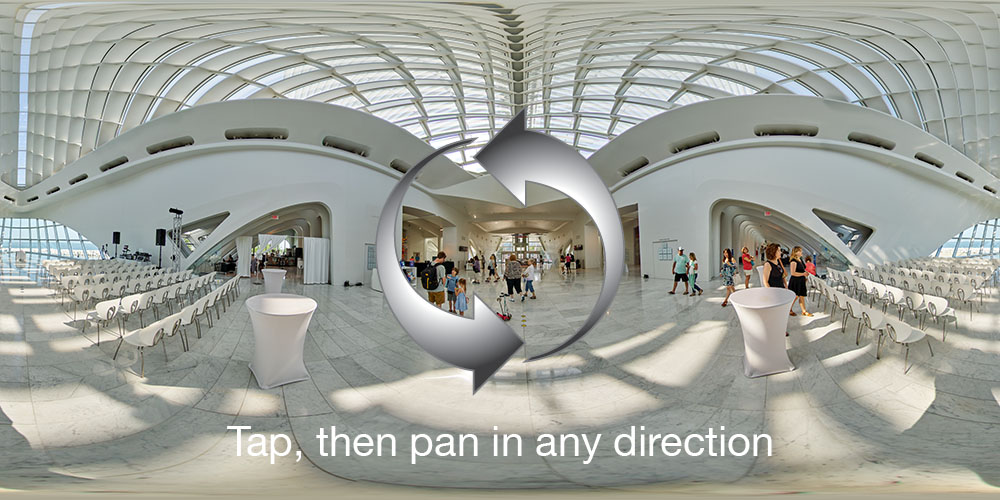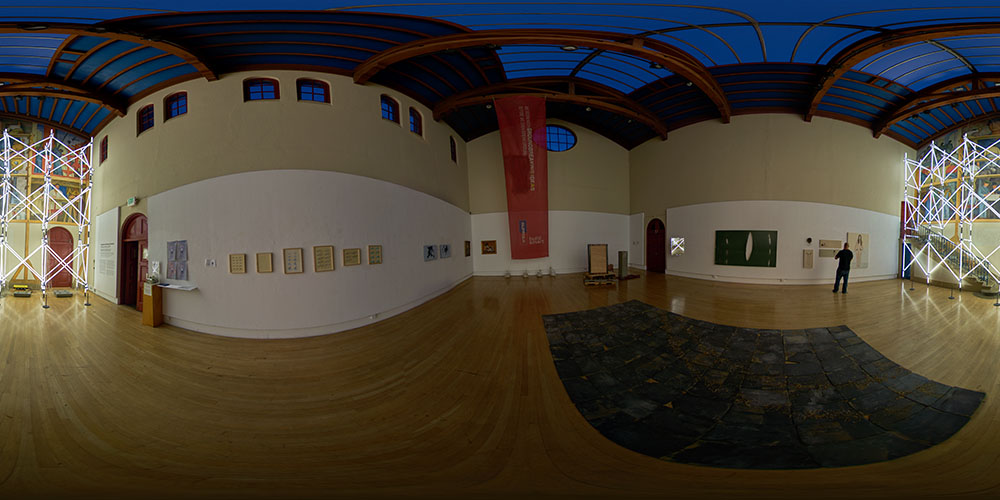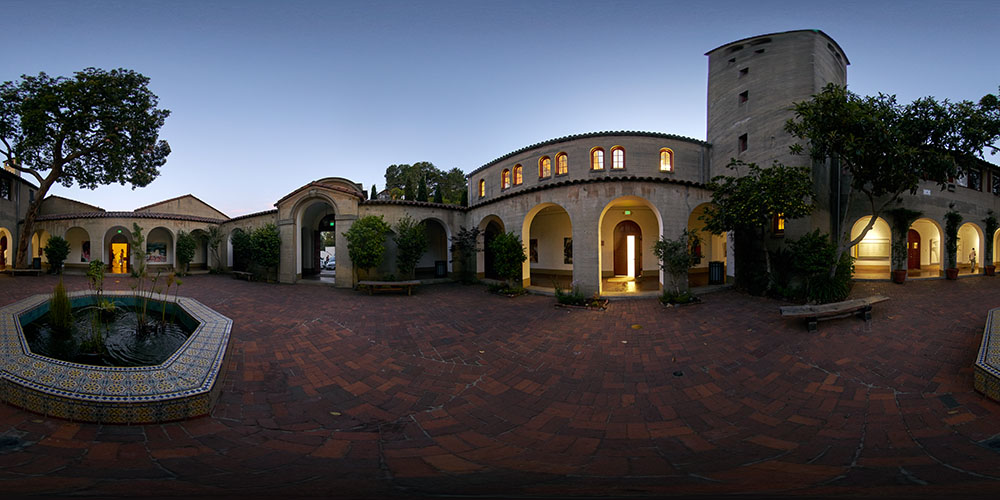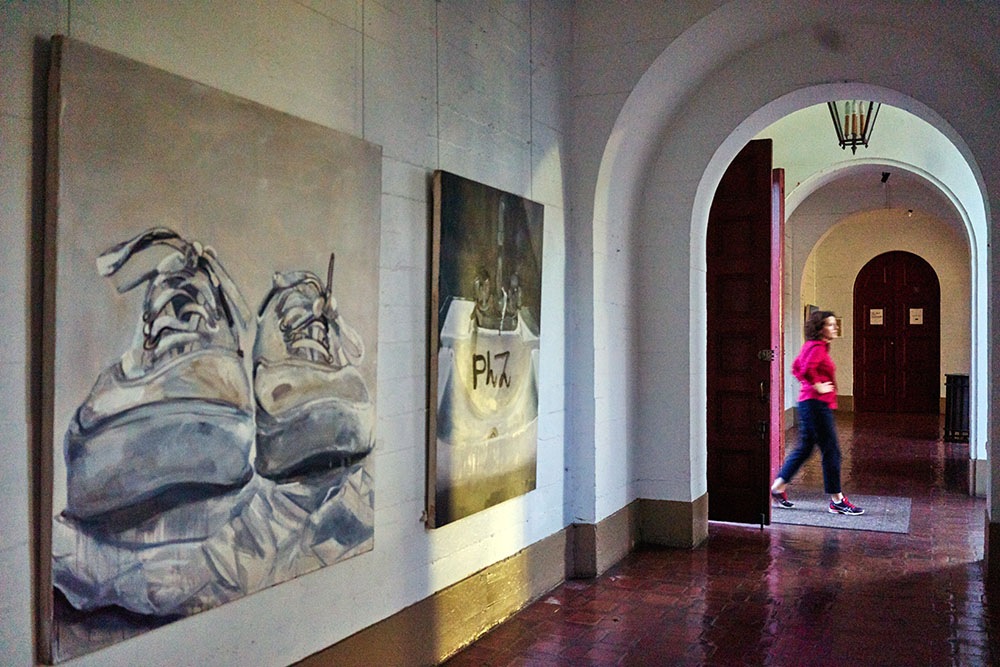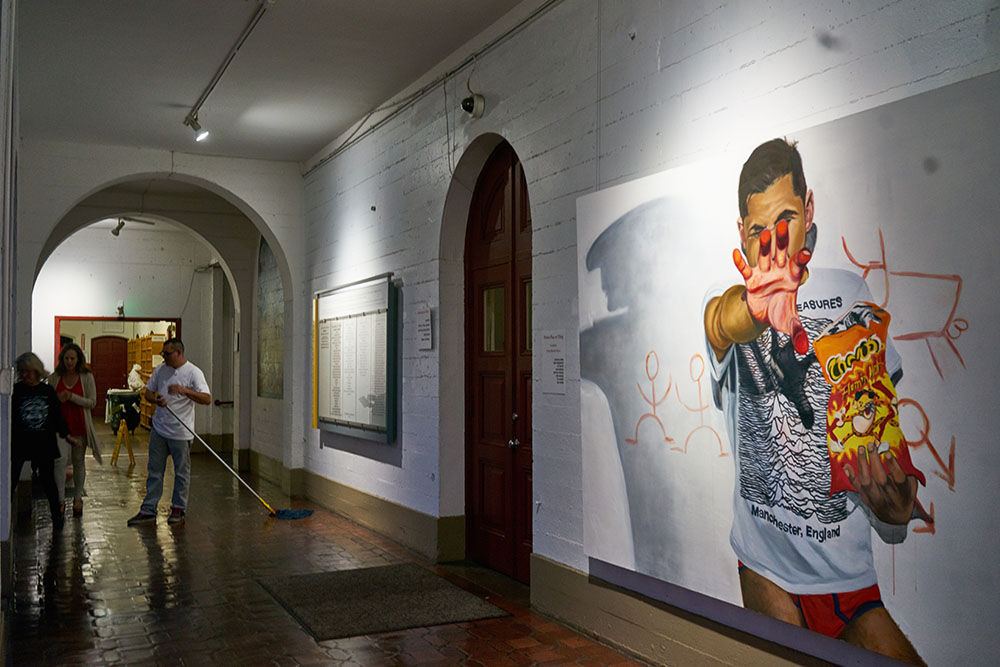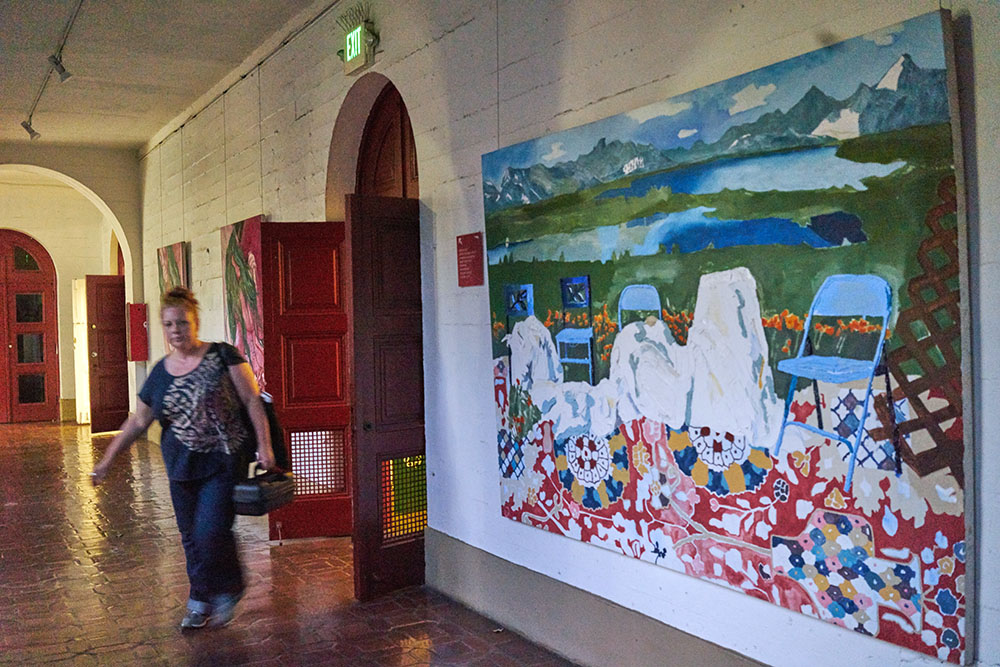Here are some of my life hacks, acquired from 17 years of living here:
Get an e-bike. They’re cheap (RMB 2500-3000 for a perfectly good one, a fair bit more if you buy the lithium ion battery but I do think it’s worth it, if for no other reason than it’s light and you can carry it up to your digs to charge without fear that it’ll get swiped), cost virtually nothing to charge up (a fraction of a kilowatt hour), and they let you avoid the maddening traffic of the bigger cities. They pay for themselves in virtually no time. Get the attached fur-lined glove thingies for the winter, a pair of serviceable chaps to keep your legs warm, and wear a helmet.
Also get a bicycle. Chinese cities are a bit too big to explore entirely on foot, and riding around in subways/buses/taxis you miss all the wonderful street-level detail. A bike’s a great compromise. A wise man once said of China, “Every day, you see something you don’t see everyday.” Make sure you keep your eyes open.
Milwaukee Art Museum
The Next Great GMO Debate
The Colorado potato beetle is a voracious eater. The insect can chew through 10 square centimeters of leaf a day, and left unchecked it will strip a plant bare. But the beetles I was looking at were doomed. The plant they were feeding on—bright green and carefully netted in Monsanto’s labs outside St. Louis—had been doused with a spray of RNA.
The experiment took advantage of a mechanism called RNA interference. It’s a way to temporarily turn off the activity of any gene. In this case, the gene being shut down was one vital to the insect’s survival. “I am pretty sure 99 percent of them will be dead soon,” said Jodi Beattie, a Monsanto scientist who showed me her experiment.
The discovery of RNA interference earned two academics a Nobel Prize in 2006 and set off a scramble to create drugs that block disease-causing genes. Using this same technology, Monsanto now thinks it has hit on an alternative to conventional genetically modified organisms, or GMOs. It can already kill bugs by getting them to eat leaves coated with specially designed RNA. And if the company succeeds in developing sprays that penetrate plant cells, as it’s attempting to, it could block certain plant genes, too. Imagine a spray that causes tomatoes to taste better or helps plants survive a drought.
Why we Travel
n the Middle Ages, Catholicism had the odd-sounding idea that every ailment of the mind or body could be cured by going off on a long journey to touch a part of the body of a long-dead saint. The church had to hand a dictionary of pilgrimage destinations, which in every case matched problems with solutions. For example, if you were having trouble breast feeding, France alone offered mothers a choice of 46 pilgrimages to sanctuaries of Mary’s Holy Breast Milk (“Had the Virgin been a cow,” observed the 16th-century Protestant John Calvin unkindly, “she scarcely could not have produced such a quantity”).
Believers with a painful molar were advised to travel to Rome to the Basilica of San Lorenzo, where they would touch the arm bones of Saint Apollonia, the patron saint of teeth, or to find pieces of her jaw in the Jesuit church at Antwerp or her toes at disparate sites around Cologne. Unhappily married women were directed to travel to Umbria to touch the shrine of Saint Rita of Cascia, patron saint of marital problems (and lost causes), while people who worried excessively about lightning could gain relief by travelling to the Jesuit Church in Bad Münstereifel in Germany and laying hands on the relics of Saint Donatus, believed to offer help against fires and explosions of all kinds.
Gazing North (and West): Sunset at the Memorial Union
Kodak’s First Digital Moment
Imagine a world where photography is a slow process that is impossible to master without years of study or apprenticeship. A world without iPhones or Instagram, where one company reigned supreme. Such a world existed in 1973, when Steven Sasson, a young engineer, went to work for Eastman Kodak.
Two years later he invented digital photography and made the first digital camera.
Much more on the iPhone photography revolution, here.
Steve Crandall’s homebrew digital camera tale.
Sunset at Madison’s Edgewater
Inside an Instagram Bot Farm
People want Instagram followers so much, they don’t care if they’re bots—because when it comes to social media, appearances are reality. The businessmen who are happy to oblige those desperate for fake followers are rolling in the monies but at the same time, they’re locked in a weird arms race of algorithms—one where the bot farmers and social media platforms are constantly trying to outsmart the other.
The biggest battle right now is over Instagram, and one group of bot farmers is winning.
Diego Rivera Mural at the San Francisco Art Institute
Who Runs the Fed? (Financialization)
Why help Wall Street creditors and not Main Street debtors? Why purchase trillions of dollars of mortgage-backed securities from banks, but not help the actual homeowners who are upside down on their mortgages? With the QE approach, central banks are picking winners and losers in the marketplace, which should raise concerns about both their social neutrality and their political independence. In criticizing the proposed Trans-Pacific Partnership (TPP) agreement, Senator Elizabeth Warren has noted that a rigged process inevitably leads to rigged outcomes. It is much the same with the Federal Reserve, which is captured by big banking interests and rigged by design. Not surprisingly, the Fed also fosters rigged outcomes.
Although the Federal Reserve claims that its allocation decisions are disinterested, a review of its governance structure may suggest otherwise. The public face of the Fed is the chairman of its Board of Governors in Washington, D.C. For nearly two decades that was Alan Greenspan, who came to the Fed through the “revolving door” from Wall Street, where he had been a director at JPMorgan. Ben Bernanke, formerly the chief economics advisor in the Bush White House, was Fed chairman from 2006–2014, during the peak of the financial crisis, and was also the architect of the Fed’s massive lending and asset purchase programs. Janet Yellen, who became Fed chair in 2014, was president of the Federal Reserve Bank of San Francisco during the bubble and embraced Bernanke’s QE strategies since first becoming the Fed’s vice chair in 2010. In addition to the Fed chairman and Board of Governors, the Fed’s Open Market Committee (FOMC) and the Federal Reserve Bank of New York (the NY Fed) make many of the key decisions that have helped Wall Street. This is not at all surprising since the FOMC consists of the seven-member Board of Governors along with the presidents of the twelve privately owned regional Federal Reserve banks. The regional Feds are governed by private boards of directors that are dominated both formally and in practice by the private commercial banks that own the shares in these banks. The Fed’s governance structure, like all “independent” central banks, is not all that independent of private financial interests. Rather, these central banks are captured agencies. The fox is running the henhouse.
